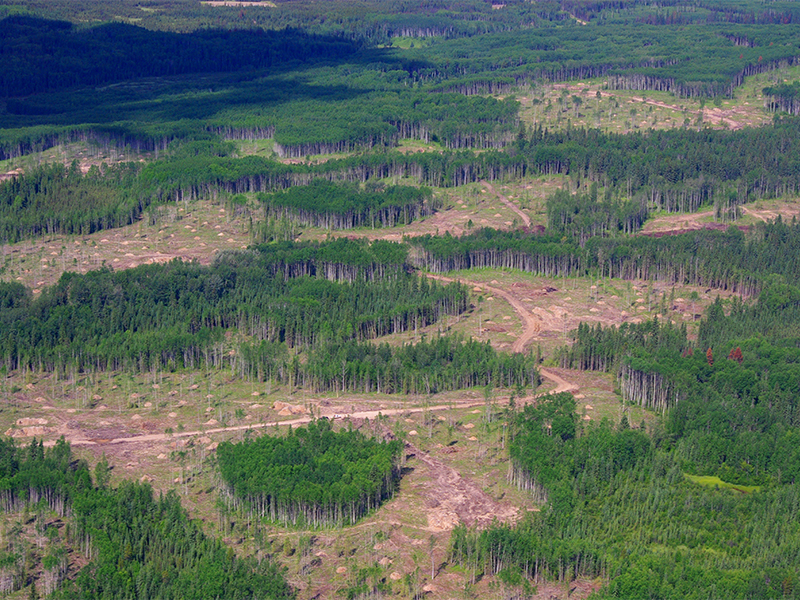
Abstract
Technological advancements in remote sensing and telemetry provide opportunities for assessing the effects of expanding extractive industries on animal populations. Here, we illustrate the applicability of resource selection functions (RSFs) for modelling wildlife habitat selection on industrially-disturbed landscapes. We used grizzly bears (Ursus arctos) from a threatened population in Canada and surface mining as a case study. RSF predictions based on GPS radiocollared bears (nduring mining = 7; npost mining = 9) showed that males and solitary females selected areas primarily outside mineral surface leases (MSLs) during active mining, and conversely inside MSLs after mine closure. However, females with cubs selected areas within compared to outside MSLs irrespective of mining activity. Individual variability was pronounced, although some environmental- and human-related variables were consistent across reproductive classes. For males and solitary females, regional-scale RSFs yielded comparable results to site-specific models, whereas for females with cubs, modelling the two scales produced divergent results. While mine reclamation may afford opportunities for bear persistence, managing public access will likely decrease the risk of human-caused bear mortality. RSFs are powerful tools that merit widespread use in quantitative and visual investigations of wildlife habitat selection on industrially-modified landscapes, using Geographic Information System layers that precisely characterize site-specific conditions.
To access the full paper (with subscription), go here.
Citation
Cristescu, B., Stenhouse, G. B., Symbaluk, M., Nielsen, S. E., & Boyce, M. S. (2016). Wildlife habitat selection on landscapes with industrial disturbance. Environmental Conservation, 43(4), 327-336. doi:10.1017/S0376892916000217






